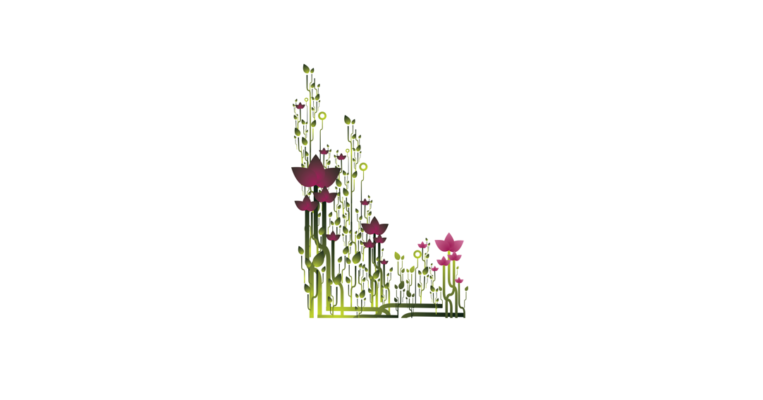Call me crazy but a well-crafted electronic filing system is a beautiful sight to behold. To many, electronic files and folders can be much like wildflowers on a walk through the countryside. Files and folders, like wildflowers, sprout up in the darnedest places. Finding just the file you need can be like looking for the perfect purple wildflower in a field of yellow yarrow. Before you go picking or pruning your files, it’s important to establish some ground rules for how you’re going to handle your electronic data files within your business.
File Management – Tips to help your wild “file garden” become beautifully manicured and maintained
First, most organizations usually need to designate someone to take charge in developing and documenting your document management strategy. It can be an individual or team but without establishing organizational ownership, it will be difficult at best to create order from file chaos.
Typically, it is best practice to create consistent filing structures that can be applied across categories such as clients, vendors, HR and more. Additionally, you’ll want to develop some basic document naming standards. If, for example, you’re an accounting firm, using naming standards such as “Tax Return,” “Source Documents,” “Engagement Letter,” and the like will help everyone easily identify what information is contained in the document without having to open it. Additionally, using a formula that includes the date in a consistent manner in a document name will automatically sort files in chronological order when looking in folders. A simple tip is to create a template folder structure that can be copied each time a new client folder or other is added.
Next, you’ll want to manage who has access to what. Did you know that there are specific laws about picking wildflowers in the U.S.? Similarly, organizations need rules about who can access different files and folders. Limiting access to files is akin to putting fences up around your information garden. You’ll want to decide who within your organization has access as well as what they should and should not share outside of your organization. With the proliferation of file sharing tools and email, it’s not unusual to discover that your organization has multiple copies of the same files in multiple locations which can create confusion and reduce productivity. And if the files have been shared externally, security can potentially be compromised.
In many organizations, the lack of document retention policies can make for a large problem. How? Many organizations are holding on to documents that have reached their maturity date creating a liability. You may wish or be required to remove the files, as you do with flowers once they are past their prime or are completely spent. Having a well-organized file structure can make this a simple process like pruning dead flower heads.
While we love fields of wildflowers, when it comes to electronic data, IT Radix prefers a well-manicured and maintained file structure.
Need help establishing your file system, give us a call today. Click here for a free consultation.
First published in our September 2019 IT Radix Resource newsletter


